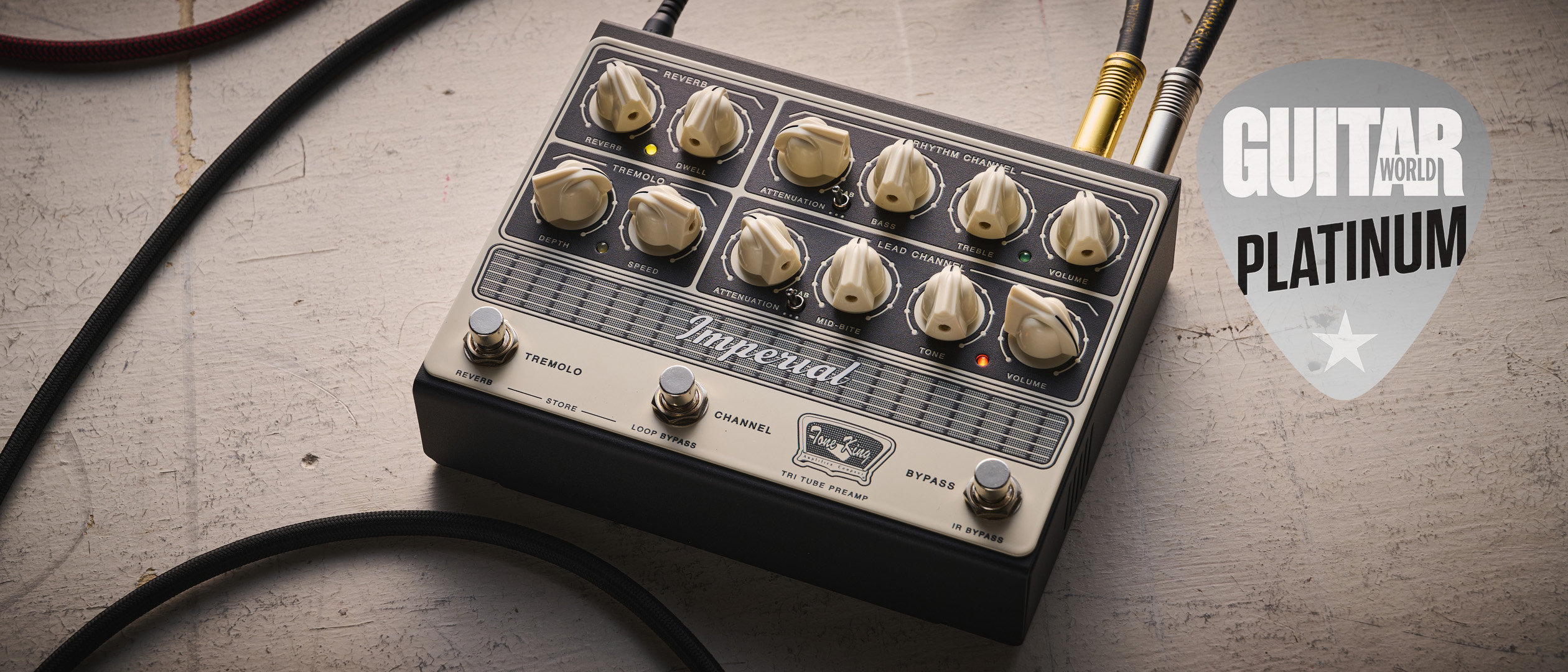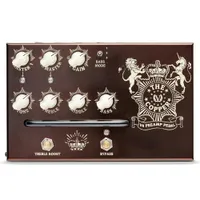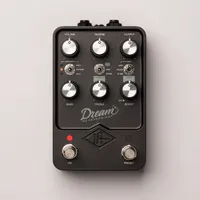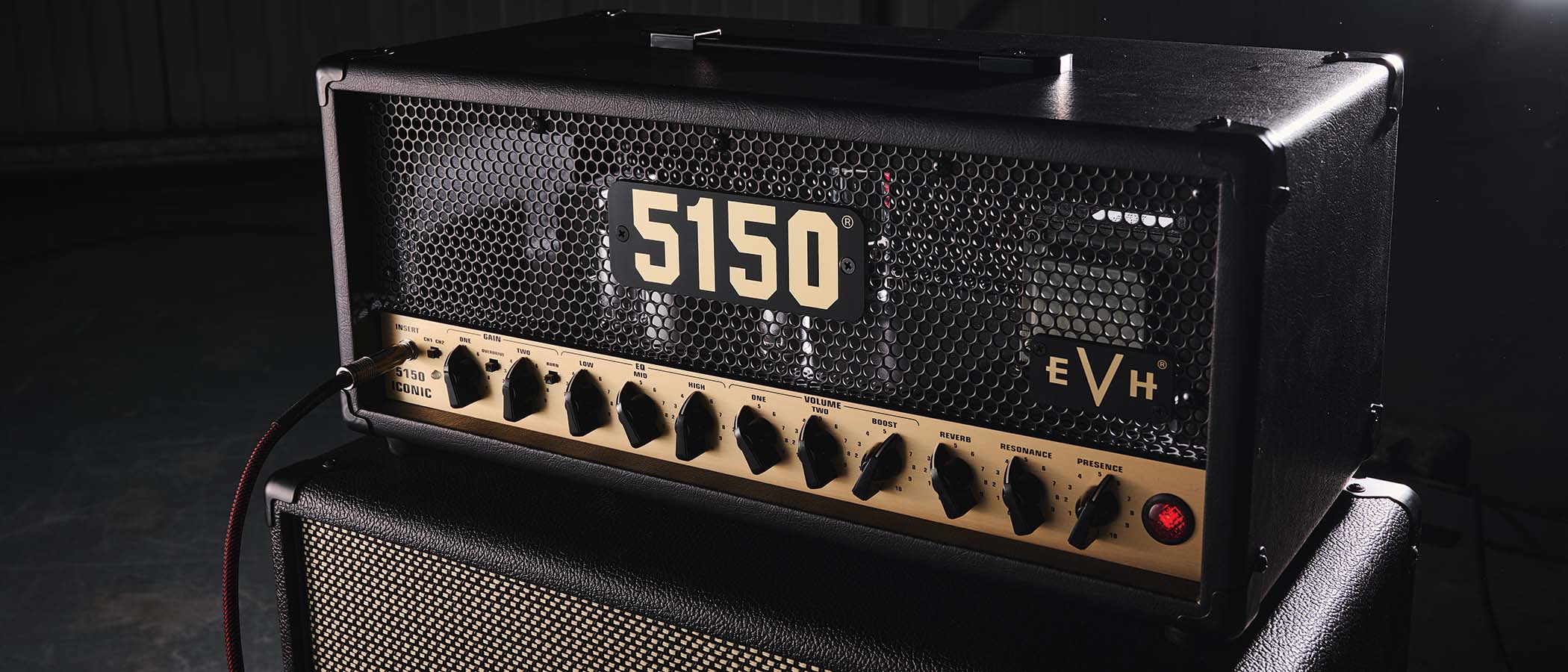Guitar World Verdict
Tone King has played a blinder with the Imperial Preamp. It'll integrate seamlessly into almost any situation, on stage or in studio, and provide the sounds that we know from the well-loved Imperial MK II amp in a small, easily transportable package.
Pros
- +
Incredible flexibility and connectivity.
- +
Simple to set up and immediately enjoy.
- +
Sounds are fabulous.
Cons
- -
Factor in a bit of extra space around it for heat exhaust.
- -
Some will still balk at $599 for a pedal-sized box, regardless of its functionality.
You can trust Guitar World
What is it?
If you asked a random sample of tube amp owners whether they’d like their rig to be easier to carry around, you can bet on a significant number of ayes. Take even a small and light 1x12” combo amp as an example - the Tone King Imperial Mk II.
Adored by owners and often heralded as one of the finest Fender-esque boutique amps on the market, it’s also remarkably portable, weighing in at only 36.2lb (16.4kg) – positively featherweight, as traditional valve combos go.
Yet its weight may still be a deal breaker for the guitarist who, for whatever reason, absolutely has to travel light – and there are many such guitarists.
What they want is a so-called ‘fly rig’ – something small enough to be easily taken on a plane, although this philosophy also benefits anyone who finds themselves carrying it on public transport, or even just loading in and out of a venue with difficult access.
And not everyone wants the smorgasbord of menus and modelling that is a Line 6 HX Stomp or equivalent – no, what we’re talking about here is the increasingly popular ‘pedalboard amp’.
As luck would have it, the aforementioned Tone King has something for us…
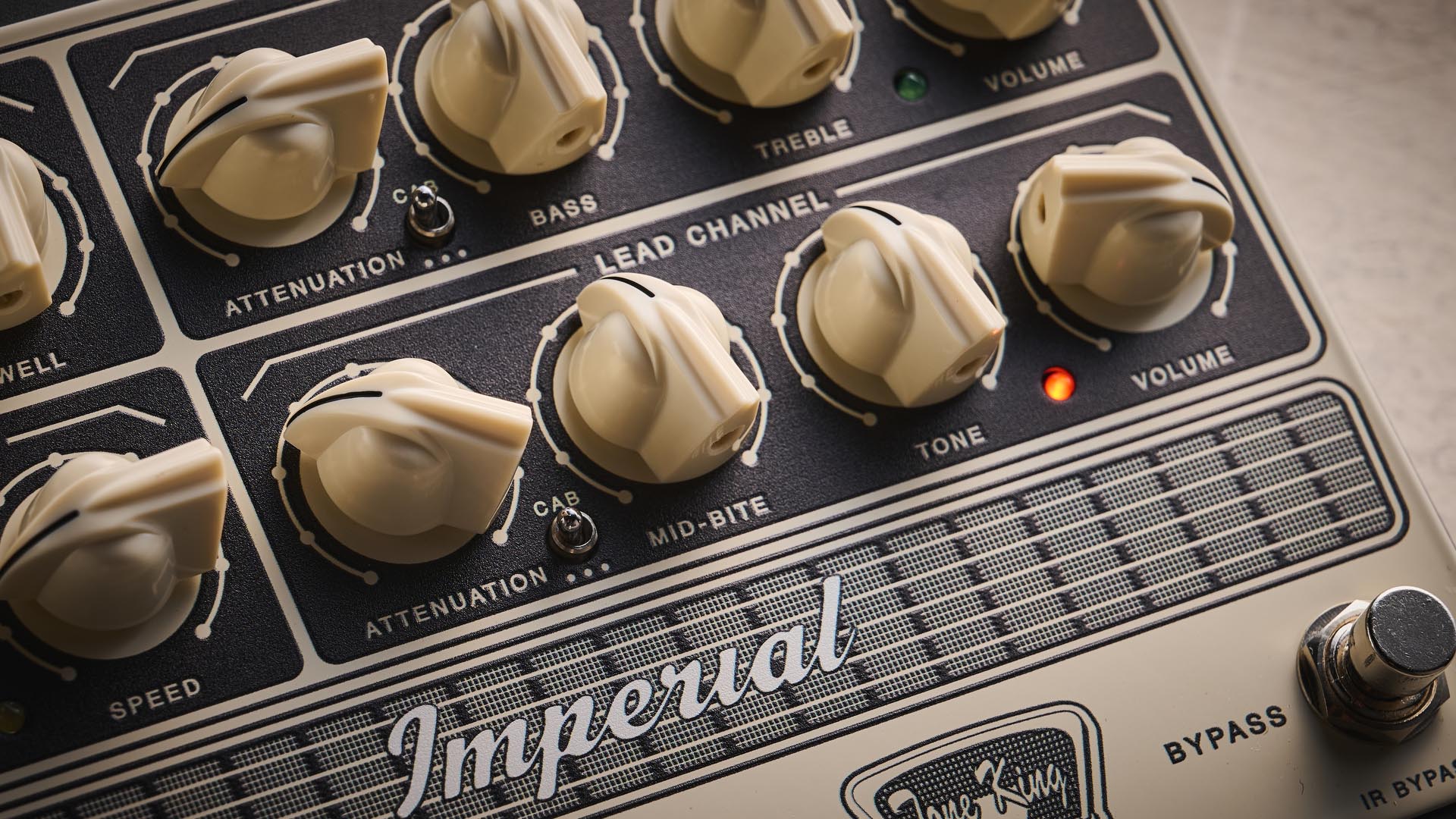
The new Imperial Tri Tube Preamp is about the same size as a Strymon BigSky – large by pedal standards, but still easy to fit onto a 'board. It packs in three 12AX7 valves, with two independent channels and foot-switchable reverb and tremolo.
All the latest guitar news, interviews, lessons, reviews, deals and more, direct to your inbox!
It's claimed that the pedal features the exact same preamp and phase inverter topology as its amplifier namesake. That alone would be of interest – but that’s far from all.
Specs
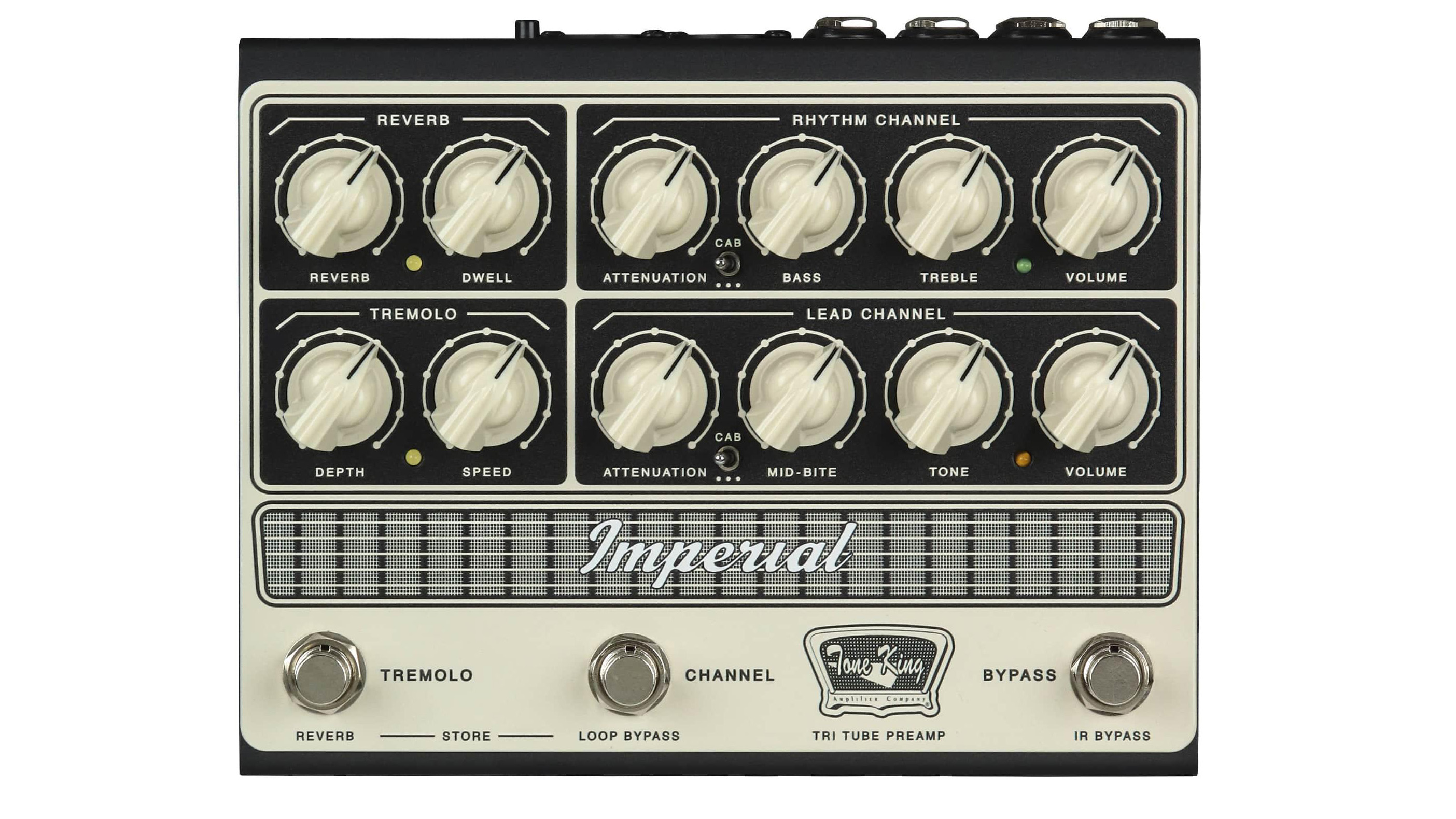
- Price: $599/£599/€699
- Type: Valve-powered preamp pedal
- Controls: Rhythm channel: Attenuation, 3-way Cab simulation selector, Bass, Treble, Volume. Lead channel: Attenuation, 3-way Cab sim selector, Mid-Bite, Tone, Volume. Reverb and Dwell, Tremolo Speed and Depth, Tremolo/Reverb dual-function footswitch, Channel/Loop Bypass dual-function footswitch, Bypass/IR Bypass dual-function footswitch
- Connectivity: 8x 1/4" sockets: Input, To Amp In, From Amp Send, To Amp Return, headphone out, FX loop Send, FX loop left and right Return. 2x XLR sockets: Balanced Out left and right (with Ground Lift switch). MIDI input, USB input, power socket
- Power: 12v DC, 800mA
- Dimensions: 183x145x68mm
- Weight: 0.86kg/1.9lb
- Contact: Tone King
Guitar World Demo
Build quality
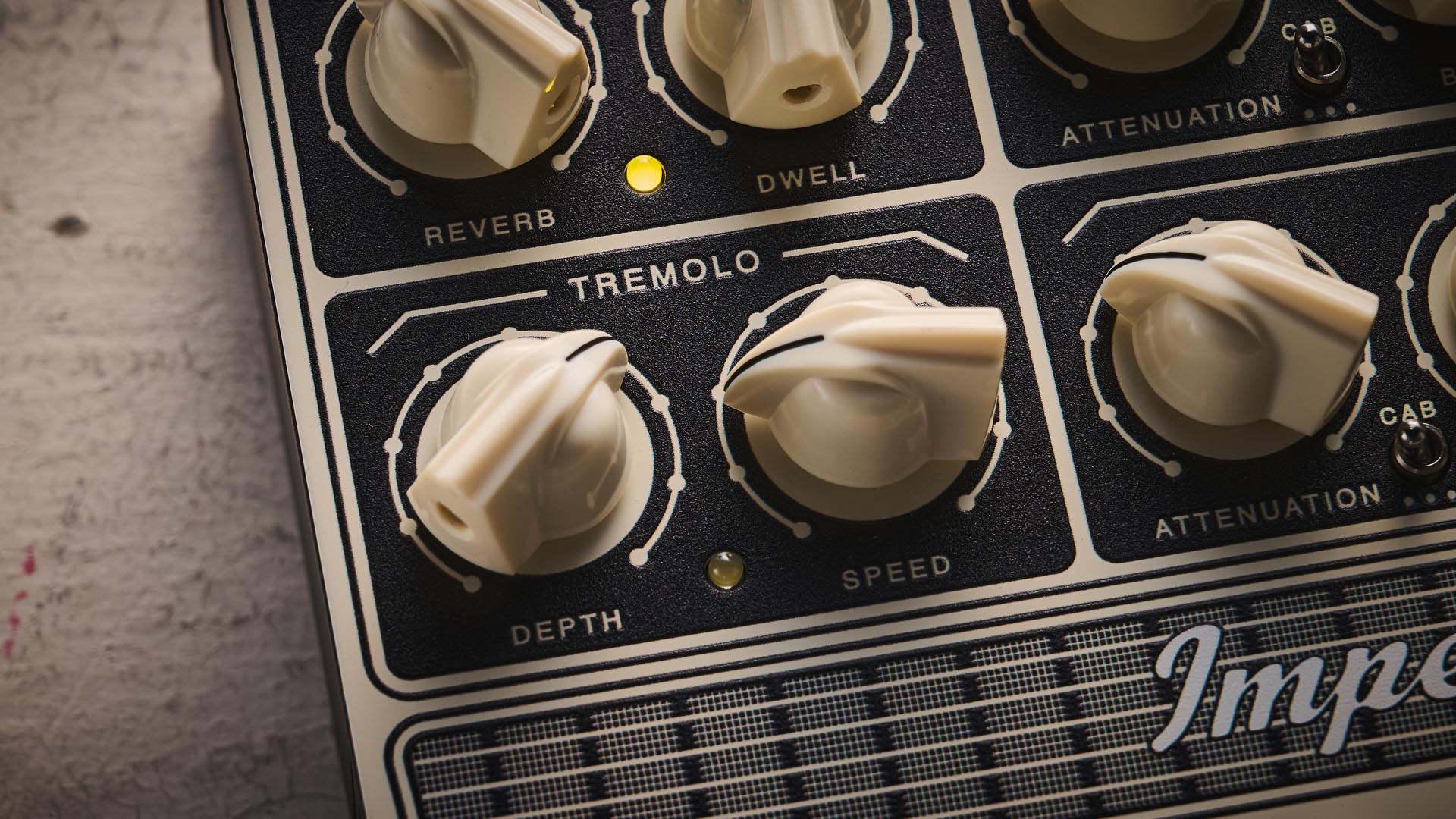
Build quality rating: ★★★★★
Tone King is pitching the Imperial Preamp as a compact, all-in-one solution. For the admittedly not inconsiderable asking price, it feels sturdily built, is premium and on-brand aesthetically, and boasts a stack of features to make it useful in almost any live or studio scenario imaginable.
Despite all this, the control layout remains simple to navigate. There's a Rhythm channel with a two-band Bass and Treble EQ, and a Lead channel with controls for Mid-Bite and Tone.
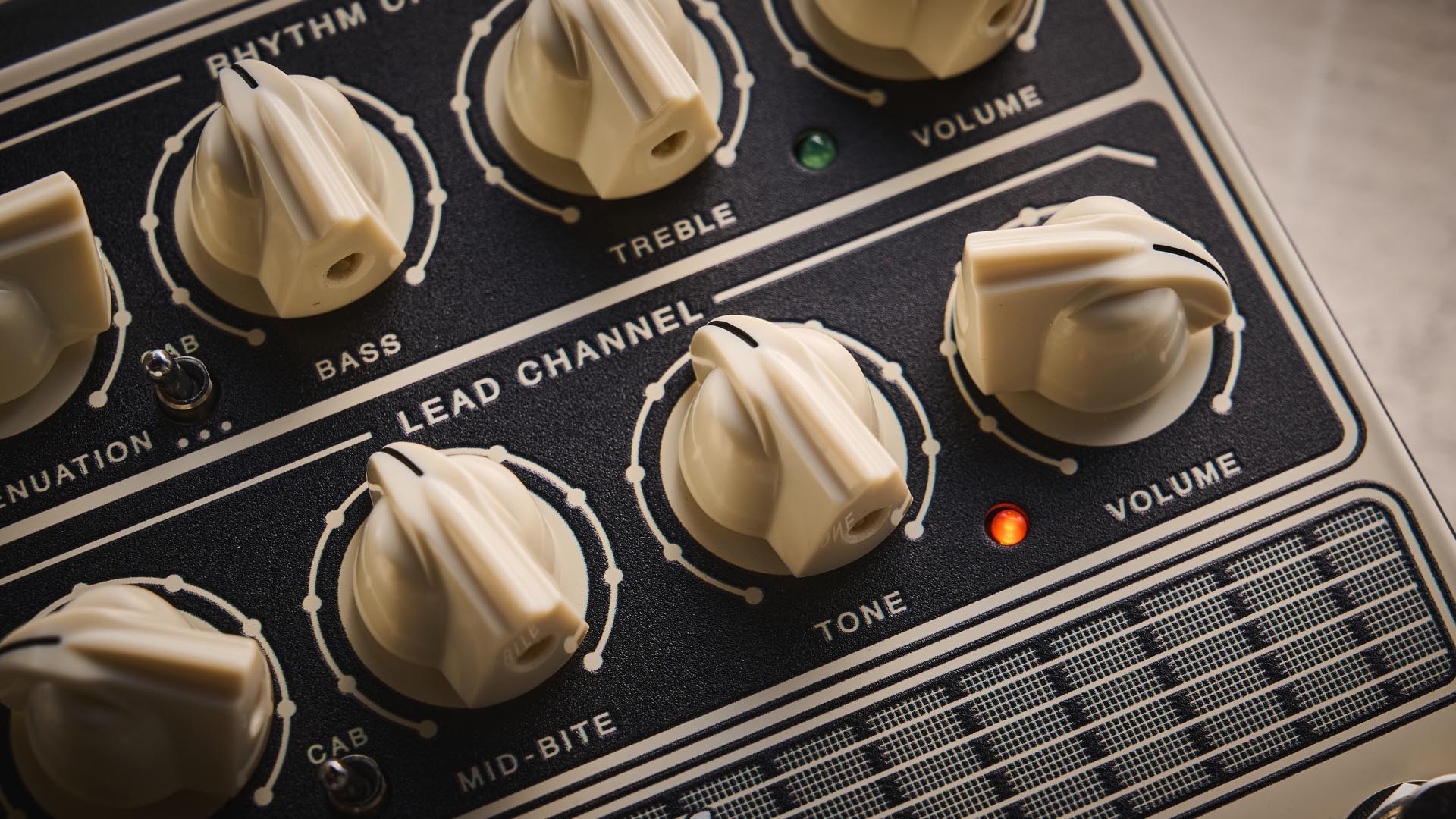
Each channel features adjustment for gain and output in the form of Volume and Attenuation controls. Effectively, the Volume control acts as a gain knob, and the Attenuation knob as a master volume – balancing the two allows for the desired amount of drive and volume.
There's also a three-way toggle per channel, to flip between three chosen IRs if running the Tone King direct.
The remaining faceplate controls? The reverb and tremolo circuits, and then the three footswitches – labelled Bypass, Channel and Tremolo, although when held down, they take on new roles – IR Bypass, Loop Bypass and Reverb. Holding down the latter two also stores presets - up to a maximum of 128, fully controllable via MIDI.
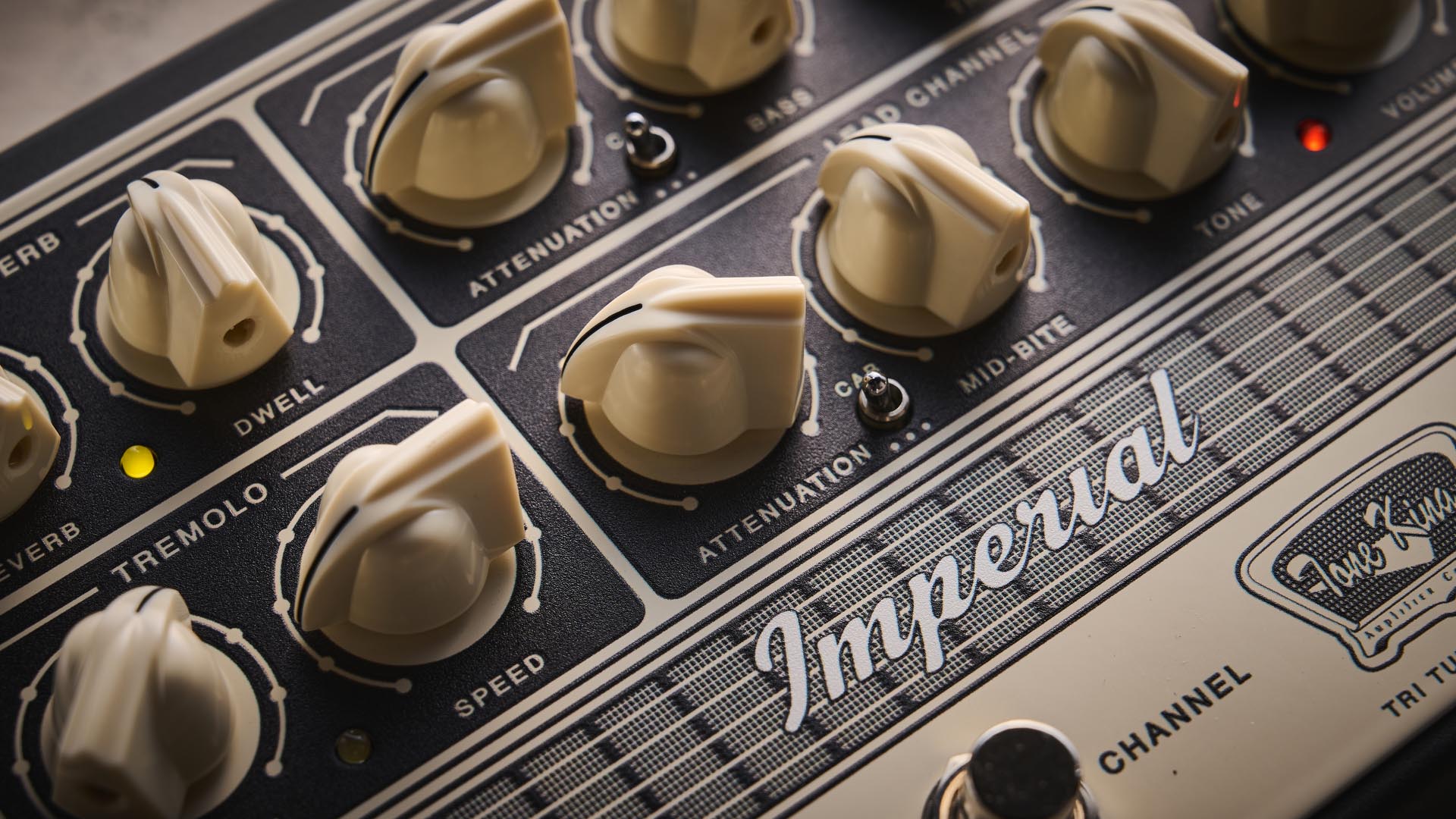
The back panel, meanwhile, hosts a dizzying array of connectivity options. Eight jack sockets allow it to be run into the effects loop of an amp, to take pedals in its own stereo effects loop, and to be used silently with headphones.
Two XLR inputs allow for stereo balanced output to a mixer or interface. There's also a MIDI input, and USB for linking to the proprietary editing app (designed by modular amp gurus Synergy).
Usability
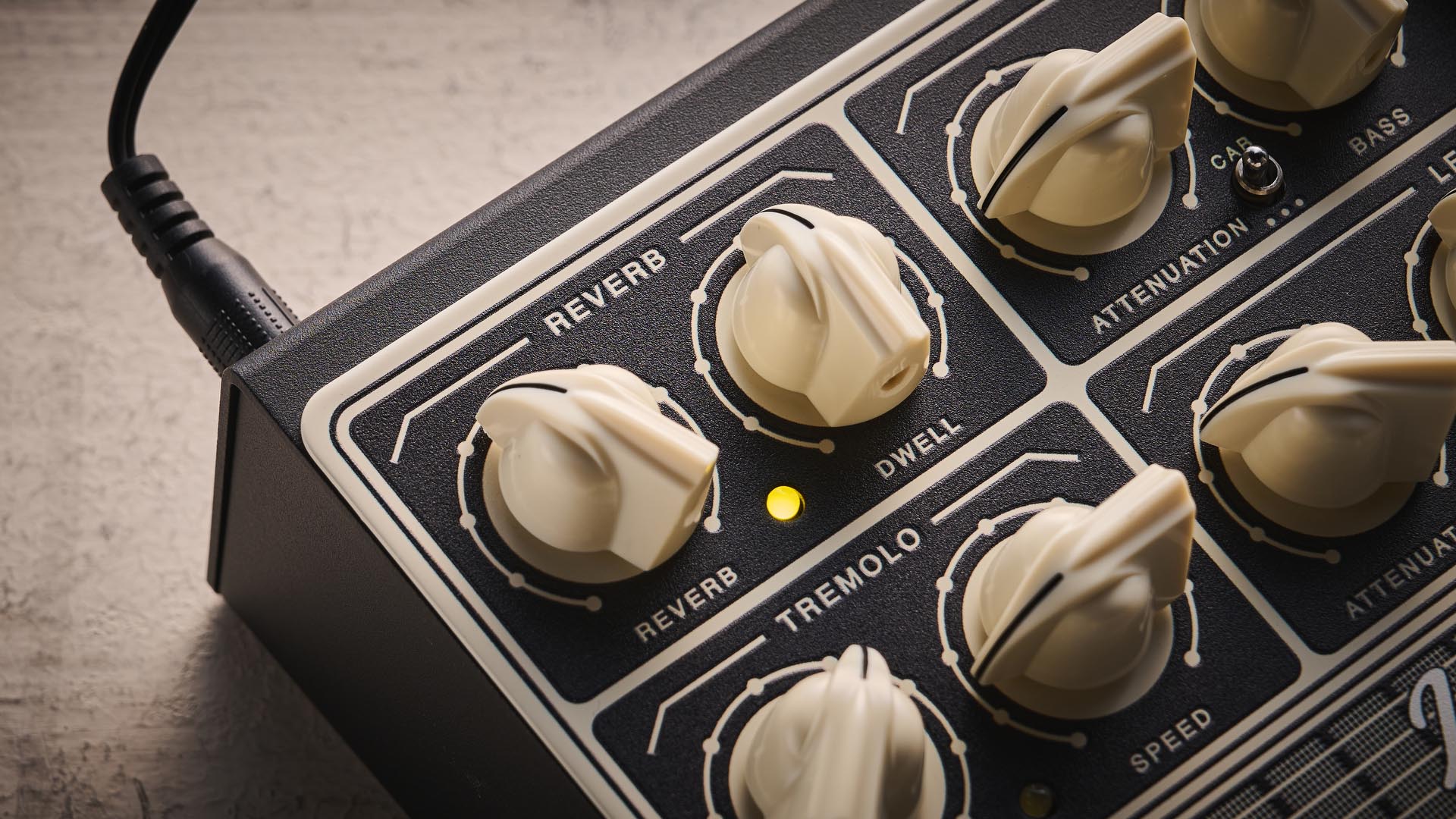
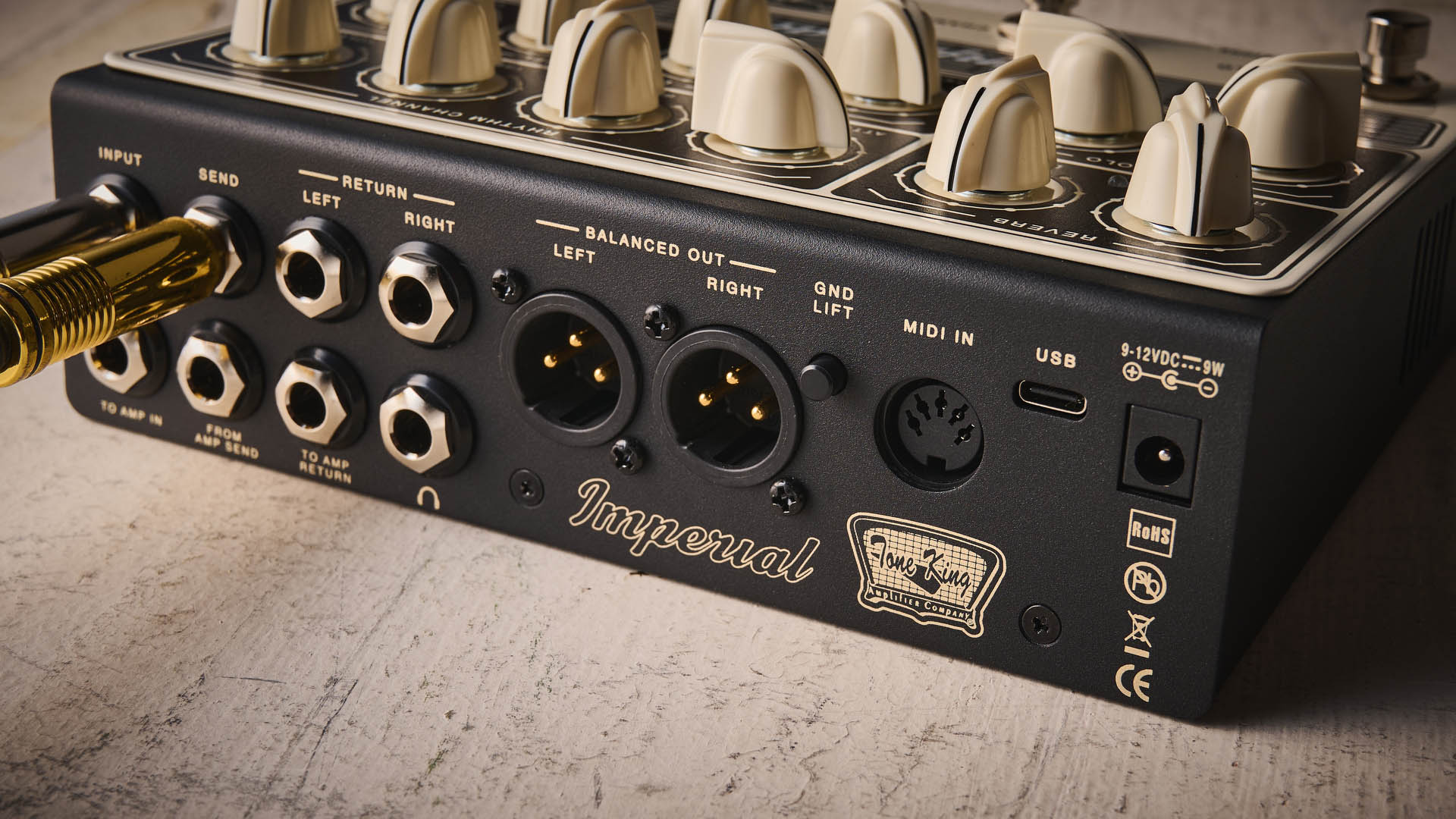
Usability rating: ★★★★★
It just works
If you're a traditionalist, this might be breaking you out in a cold sweat but, truly, there's no learning curve. Figure out the way you'd most like to connect and use the Imperial, and it just works.
I choose to start off by treating it as a preamp, running into the effects loop of my faithful Laney VH100R into a Marshall 2x12, and then through a 2x12 powered FRFR speaker with my vintage-inspired Strat and my Feline single-cut.
With valves inside, it does generate some heat, but nothing excessive – even after an extended period of playing. Worth noting for any players running a tight pedalboard, however.
Sounds
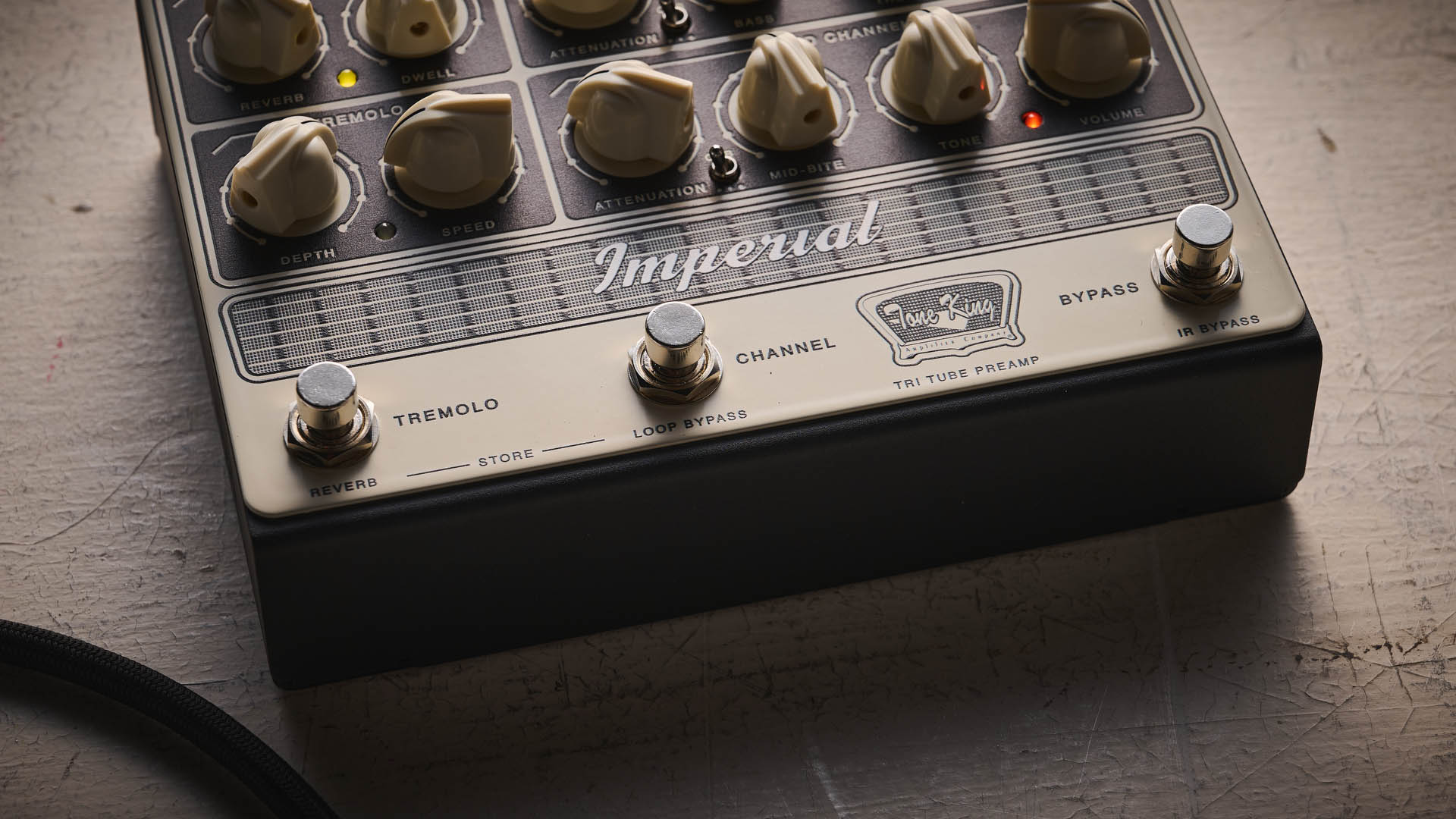
Sounds rating: ★★★★★
The Laney’s power section is a quartet of EL34s, far from the 6V6s of the Imperial amp, but nevertheless, I’m instantly met with a rich, blackface Fender-esque clean sound on the Rhythm channel.
The bass and treble controls have a well-judged range of adjustment and the built-in stereo reverb and tremolo, of course, complete the picture – there’s more than enough of both to satisfy even the most hardened surf connoisseur.
To be able to fit them in at all, these effects are digital – although you’d really be hard-pressed to tell. I ended up leaving them on, luxuriating in '60s shimmer.
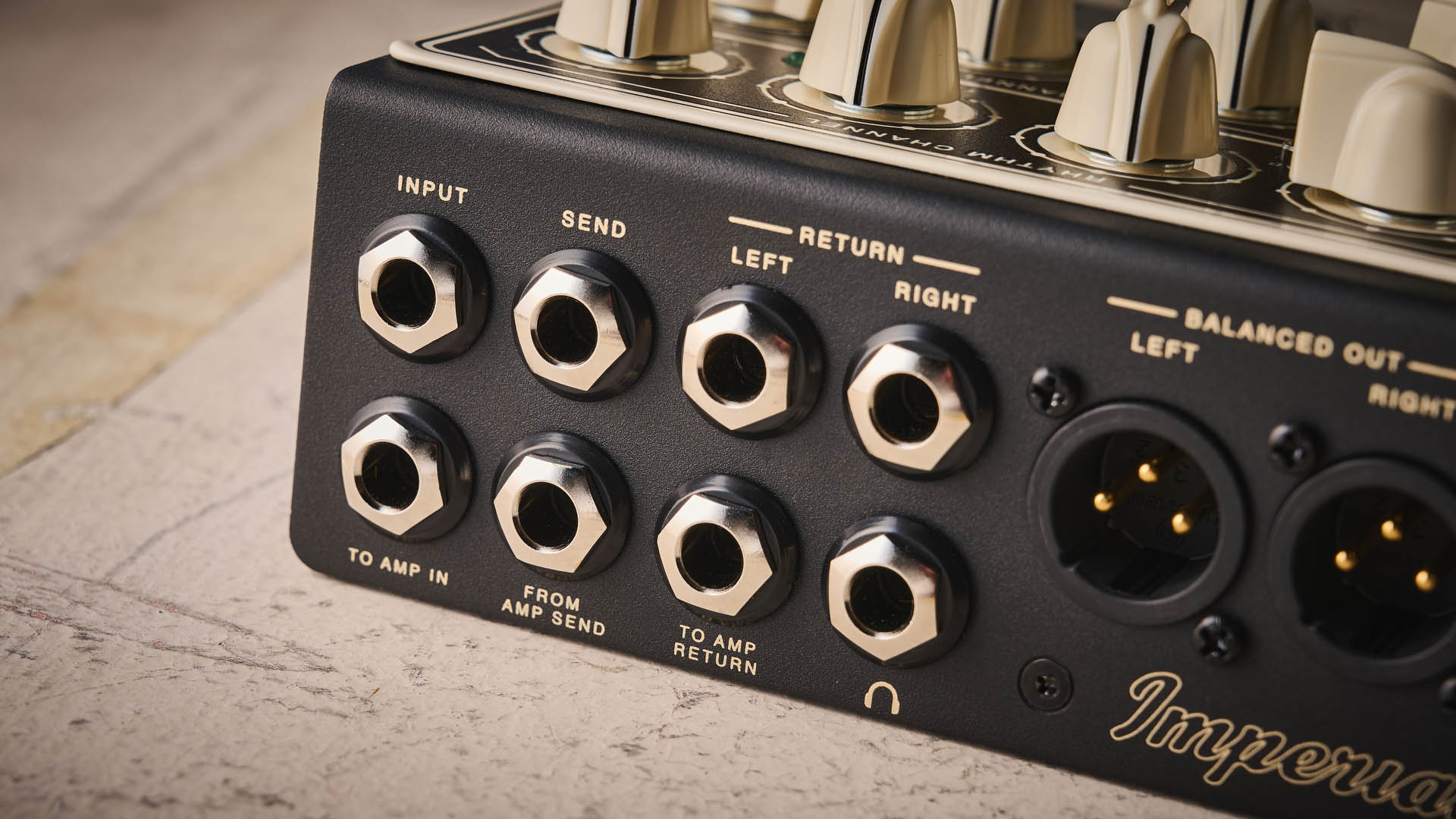
You can simply run it as you would a valve amp, tweaking knobs and switching channels on the fly, and it’s every bit as usable
The starting point for the Lead channel is the classic Tweed Deluxe and, with the Mid-Bite control in its lower reaches, it's certainly the kind of gritty, untamed growl that generations of players have loved. But as you turn that Mid-Bite up, the upper-midrange chime becomes ever more apparent, with lows slightly attenuated – not dissimilar to the effect a Tube Screamer has on a breaking-up valve amp, which pushes the Imperial from vintage into dirtier sounds.
Be in no doubt though – this isn’t a contemporary voicing, and it doesn’t ever reach what you’d call ‘high gain’. If that’s what you’re looking for in a preamp, Friedman makes a few products based around the principles seen here...
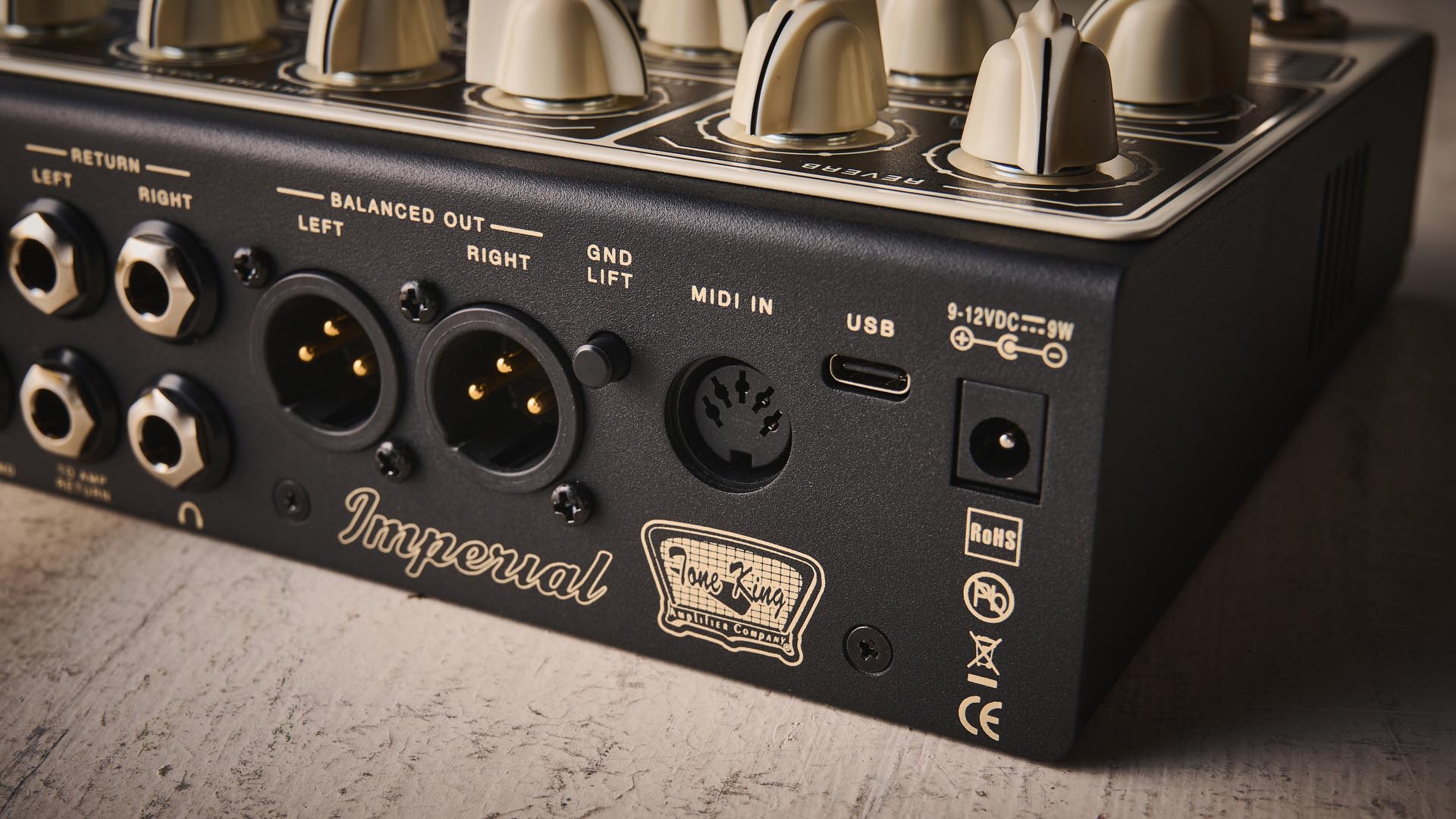
Meanwhile, into the full-range cab, those IRs come in and, again, they’re easy to get comfortable with straight away.
The switches offer three pre-loaded settings, but many more are available via the software should you have a particular sound in mind. The sound is every bit as excellent as before, and once more the sheer usability of this feature-packed device is striking.
If you so desire, you can integrate it into complex setups, creating multiple presets for every possible requirement but, equally, you needn't do any such thing. You can simply run it as you would a valve amp, tweaking knobs and switching channels on the fly, and it’s every bit as usable.
Verdict
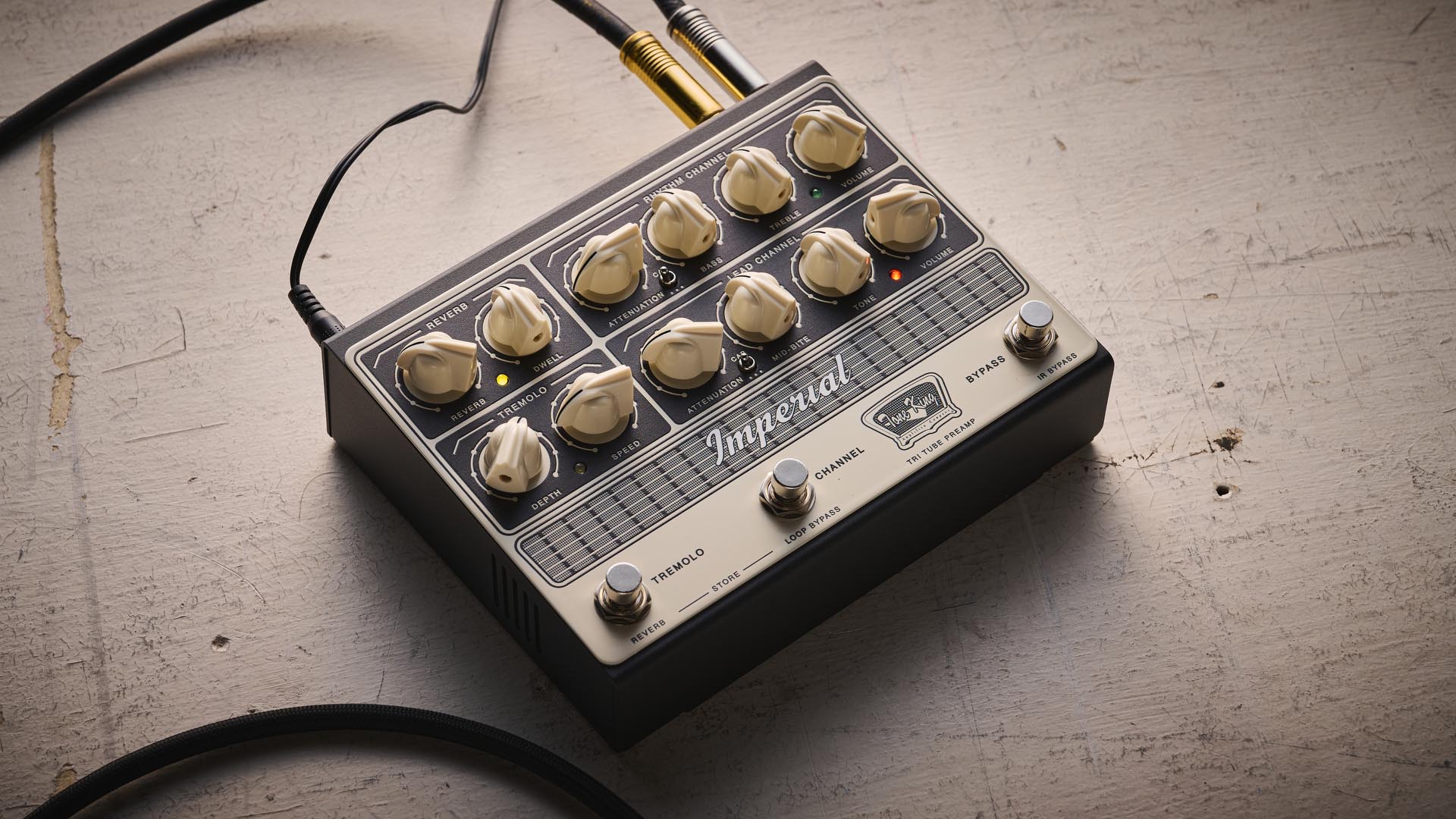
It does complex things in a simple way, and does them incredibly well. Its feature set is comprehensive and its sounds are stunning.
That sums the Imperial Preamp up, really – it’s something of a masterstroke in terms of user-friendliness as well as technical depth.
It does complex things in a simple way, and does them incredibly well. Its feature set is comprehensive and its sounds are stunning. If you think of it merely as 'a pedal', you might decry its price tag – but if you view it as an ultra-flexible way into the Tone King sound for a quarter of the price, and a fraction of the size and weight of the amp it's based on, then what a compelling prospect this is.
Guitar World verdict: Tone King has played a blinder with the Imperial Preamp. It'll integrate seamlessly into almost any situation, on stage or in studio, and provide the sounds that we know from the well-loved Imperial MK II amp in a small, easily transportable package.
Test | Results | Score |
|---|---|---|
Build quality | Simple to set up and super practical – just be mindful to give it a bit of space on the 'board. There are real tubes cooking. | ★★★★★ |
Usability | It might be all modern, a tube amp preamp in a pedal, but it's as simple as turning the dials on an amp. | ★★★★★ |
Sounds | Impeccable vintage Fender-style tube tones. You might even call them boutique. | ★★★★★ |
Overall | High-end, sumptuous tube tones that you can put on your pedalboard and expand the functionality of your amp. Well worth the asking price. | ★★★★★ |
Also try
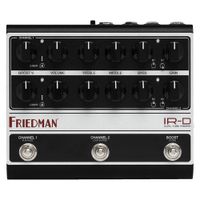
Friedman IR-D - $499/£499/€499
Based on similar architecture and, sonically, picks up where the Imperial leaves off with Marshall JTM-inspired rock tones.
Victory V4 The Copper Preamp - $329/£259/€344 street
Part of Victory's full range of preamp pedals, this one offering a delightful Vox-inspired chime.
Read more: Victory V4 The Copper Preamp review
Universal Audio UAFX Dream '65 - $349/£325/€349
UA's pedal amp answer to the iconic Fender Deluxe Reverb - with one of the very best spring reverb recreations around, an evocative vibrato and three different boost modes for added versatility.
Read more: Universal Audio UAFX Dream '65 review
Hands-on videos
Tone King with Greg Koch

The Studio Rats
Pete Thorn
You must confirm your public display name before commenting
Please logout and then login again, you will then be prompted to enter your display name.
